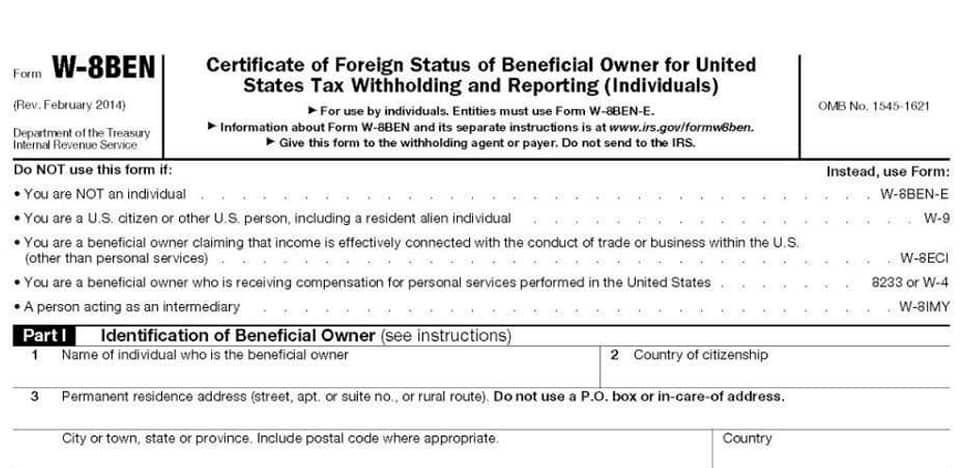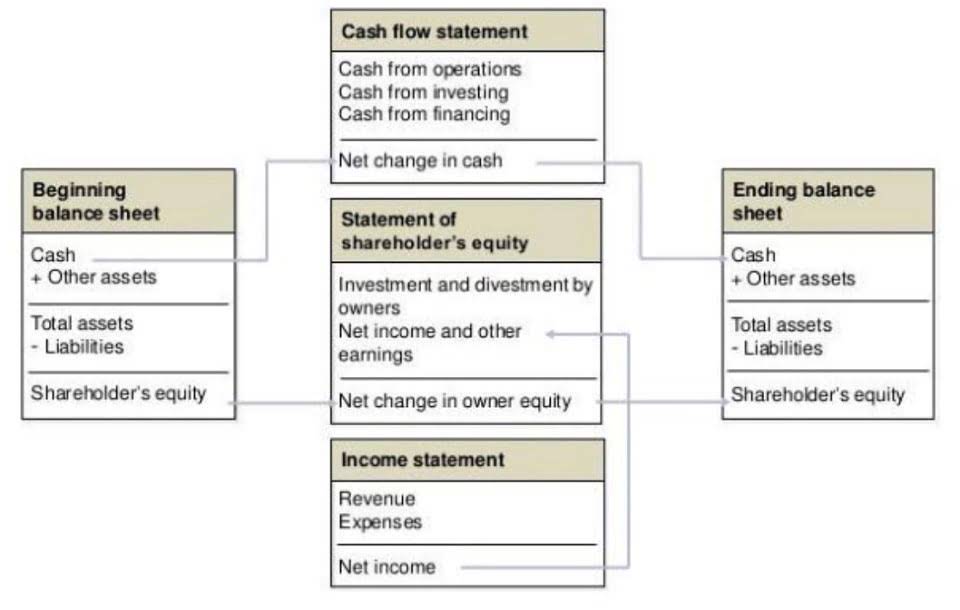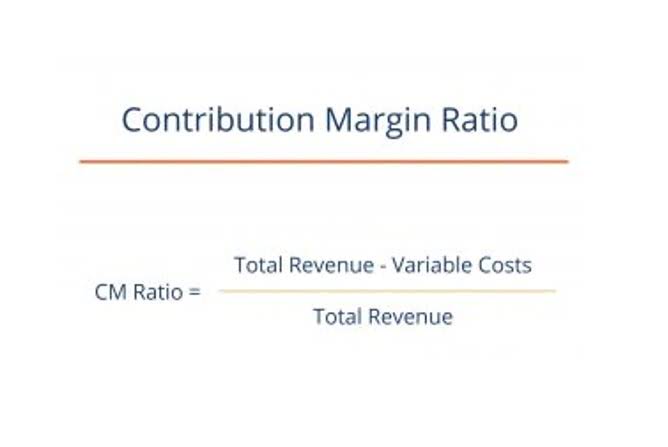
In case when units are still in stock the fixed overhead costs are not transferred to the expenses report. Companies in the electronics industry use it to determine the cost of manufacturing electronic devices, such as televisions, cameras, and audio equipment. The direct costs of components, labour, and both variable and fixed overhead expenses are accounted for. This allows electronics manufacturers to assess product profitability and make informed decisions about product development and pricing. Variable cost absorption considers only the variable production costs, such as direct materials, direct labor, and variable overhead.
Compliance and Reporting
This is because fixed costs are smoothed into COGS rather than impacting the period they are incurred. The key difference in calculating the income absorption costing formula statement under absorption costing versus variable costing is in how fixed manufacturing costs are handled. In addition, the use of absorption costing generates a situation in which simply manufacturing more items that go unsold by the end of the period will increase net income. Because fixed costs are spread across all units manufactured, the unit fixed cost will decrease as more items are produced.
Absorption Costing Method

Absorption costing is an essential accounting method that provides businesses with a detailed view of total costs. By including fixed manufacturing overhead, variable manufacturing overhead, and direct materials cost, this method ensures accurate product pricing and proper financial reporting. In this example, using absorption costing, the total cost of manufacturing one unit of Widget X is $28.

Calculating Total Cost: Absorption Costing Method
- Suppose we have a fictional company called XYZ Manufacturing that produces a single product, Widget X.
- To avoid this, businesses should implement a predetermined overhead allocation rate that reflects actual production volume.
- Once you complete the allocation of these costs, you will know where to put these costs in the Income Statements.
- Absorption costing allocates all manufacturing costs, including fixed overhead costs, to the units produced.
- Finally, the costs are computed by allocating the cost pools to the products based on usage.
Period costs are recognised as expenses when incurred, unlike product costs, which are included in the cost of goods sold. Absorption costing has some limitations, and it can be challenging to assess the impact of changes in production levels on profitability since fixed overhead costs remain constant. Since COGS is higher under absorption costing, net income is lower compared to variable costing. But absorption costing net income is viewed as more accurate since it allocates all production costs. This differs from variable costing, which only allocates variable costs to units and treats fixed costs as period expenses. Working out how much your organisation is spending in each area of the business is a crucial element of accountancy.

Regularly reviewing production data ensures that overhead allocation aligns with real-time operations, maintaining cost accuracy and supporting informed financial decision-making. Integrating absorption costing into an ERP system simplifies financial tracking and cost allocation. ERP systems help streamline CARES Act the management of manufacturing overhead and track direct and indirect costs with precision. Absorption Costing is a vital accounting method that administers all product manufacturing costs, helping businesses understand actual production costs. This blog delves into its calculation process, benefits, drawbacks, and real-world examples, offering insights to help you make informed financial decisions.
- Integrating absorption costing into an ERP system simplifies financial tracking and cost allocation.
- Absorption Costing is most useful when businesses must comply with external reporting standards, such as GAAP, or want a comprehensive view of all production costs.
- Explore the finer points of the absorption costing formula, including the pros and cons of absorption costing and how to work out absorption costing.
- This method includes direct materials, direct labor, variable manufacturing overhead, and fixed manufacturing overhead costs.
- As money is spent on the expenses the costs should be assigned to the respective cost pool.
Absorption Costing Income Statement
Variable costing is a concept widely used in managerial and cost accounting. In this case, the fixed manufacturing overhead is excluded from the product cost of the production. This method stands in contrast to absorption costing where the fixed Bookkeeping for Chiropractors manufacturing overhead is added to the cost of goods produced. Absorption costing includes fixed costs in product costs, which can sometimes distort decision-making. For example, it may not accurately reflect the incremental costs of producing one more unit. Regularly conducting cost analysis ensures that period costs, such as administrative costs, are properly separated from production costs.
In absorption costing, all manufacturing overhead gets included in the inventory valuation, meaning any unsold goods carry overhead costs into the next period. Variable costing only factors in variable manufacturing expenses into inventory, showing a lower valuation on the balance sheet for unsold products. The absorption costing method adheres to GAAP and provides an accurate, full-cost valuation of inventory. While more complex than variable costing, absorption costing gives managers and investors a clearer view of product profitability. In the aerospace industry, it is applied to calculate the cost of manufacturing aircraft and spacecraft. The direct costs of materials, specialized components, labour, and both variable and fixed overhead costs are allocated to each unit produced.
Clear Separation of Product and Period Costs
Absorbed costs can include expenses like energy costs, equipment rental costs, insurance, leases, and property taxes. These expenses must have some tie-in to the manufacturing process or site, though—they can’t include advertising or administrative costs at corporate HQ. This streamlining improves the accuracy of financial reporting and enhances the visibility of cost components, reducing manual errors and time-consuming processes.
Companies that uses absorption costing are Ford, Apple, Pfizer, Nestle, Boeing, IKEA, Nike, and Dow Chemicals. Implementing absorption costing poses several challenges that businesses should consider. Let us understand the concept of absorption costing equation with the help of some suitable examples. An example would be the sales team’s salaries or the corporate office rent, which are considered period costs for our bicycle factory. This enables businesses to make informed decisions and maintain accurate financial records in a complex manufacturing environment.

